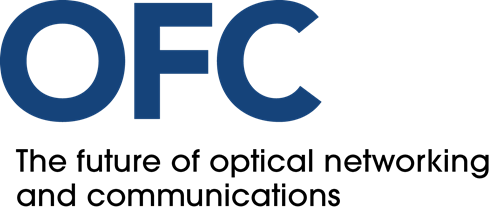SC369 - Hands-on: Test and Measurement for Coherent Optical Transceivers
16 Mar 2026
08:30 - 12:30
Short Course Level
Advanced Beginner
Short Course Description
Coherent technology was traditionally used in long-haul and metro networks. However, over the years, it has been increasingly adopted for shorter-reach applications—such as Data Center Interconnects (DCI) and 5G/6G front/backhaul—to overcome the physical limitations of Intensity Modulation/Direct Detection (IM/DD), as these applications demand higher bandwidth.
Current developments in interoperability standards—such as ITU-T G.698.2 for 100G metro systems, OIF 400ZR, 800ZR, 1600ZR/ZR+, and IEEE projects 802.3ct, 802.3cw, and 802.3dj for DCI—will be discussed, along with activities from Multiple Multi-Source Organizations (MSOs), including OpenROADM, CableLabs, OpenZR, and OpenXR. The course will explain how these standards benefit from advanced test and measurement equipment.
Participants will gain a detailed understanding of commonly used multi-level Quadrature Amplitude Modulation (QAM) formats. The physical principles behind the generation and detection of such signals will be explored.
Characterizing a coherent transmitter requires a reference receiver—typically an optical modulation analyzer—with significant Digital Signal Processing (DSP) before assessing signal quality. The course will cover the steps involved in signal processing and the key parameters used to evaluate signal and system quality.
Conversely, characterizing a coherent receiver requires a reference transmitter capable of generating stress patterns. The relationship between constellation impairments and system performance metrics—such as Extended Transmitter Constellation Closure (ETCC), Error Vector Magnitude (EVM), Bit Error Ratio (BER), Signal-to-Noise Ratio (SNR), and Q-factor—will be described. The course will also discuss how these impairments can be traced to the properties of individual transceiver sub-components.
Hands-on measurements on live signals and recordings will accompany the course, providing attendees with practical experience in testing coherent transceivers for both development and compliance.
By mastering these concepts, engineers and decision-makers will gain a solid foundation for selecting the most effective test strategies for their specific applications.
Short Course Benefits
Benefits and Learning Objectives:
- Understand the differences between coherent and IM/DD technologies
- Learn the fundamental measurements used for QAM formats
- Comprehend the digital signal processing required to generate and analyze coherent signals, and how impairments affect derived quality parameters
- Compare the performance of various transceivers using test and measurement instruments
- Interpret constellation diagrams to identify specific device and/or measurement system impairments, and identify the root causes of measurement degradation and uncertainty
- Gain a foundational understanding of the measurements required by various multi-vendor interoperability standards
Short Course Audience
This short course is intended for engineers who are beginning to work with, or already have basic experience in, research, development, manufacturing, or standardization of optical coherent technology. Attendees should be familiar with fundamental concepts of optical transmission.
Managers and technical buyers will gain a solid foundation to support informed decision-making for their test and measurement strategies. Students will deepen their understanding of optimal testing approaches for fiber-optic systems in the context of coherent technology.
-
Michael Koenigsmann
Keysight, Germany
Michael Königsmann joined Keysight Technologies (formerly Agilent Technologies/Hewlett Packard) in 1996 as an Application Engineer for RF/µWave products in the Electronic Test & Measurement Business.
He held various positions in Sales, Product Support and R&D before he joined the Networks and Data Centers Marketing Team where he focuses on applications for Optical Modulation Analyzer and High-Speed Arbitrary Waveform Generator product portfolios in Coherent Optical Communications.
Michael studied Electrical Engineering, specializing in Communication Engineering and Microwave Technology. He holds a degree in Communication Engineering from the University of Applied Sciences and Arts in Dortmund.
-
Fabio Pittala
Keysight, Germany
